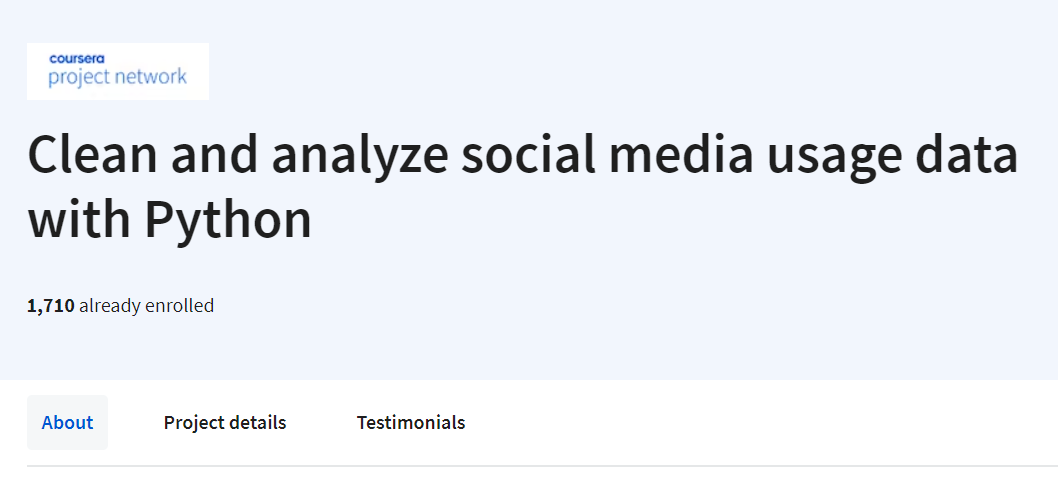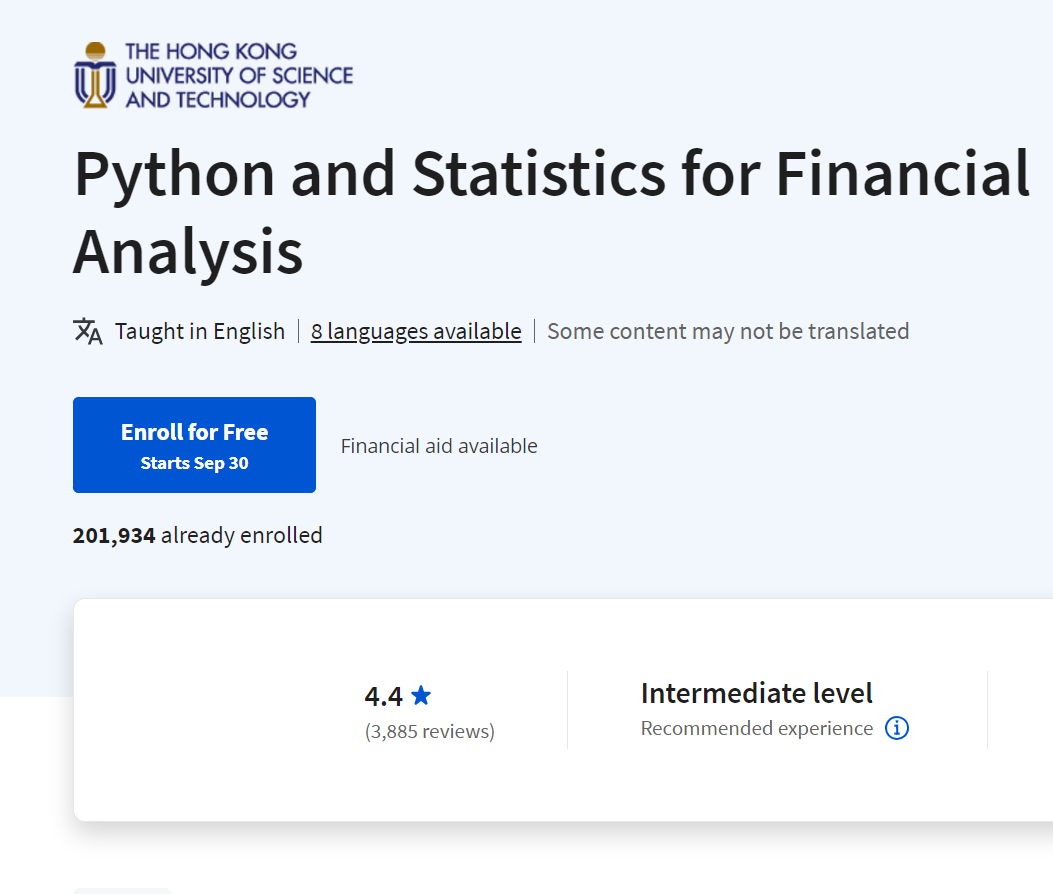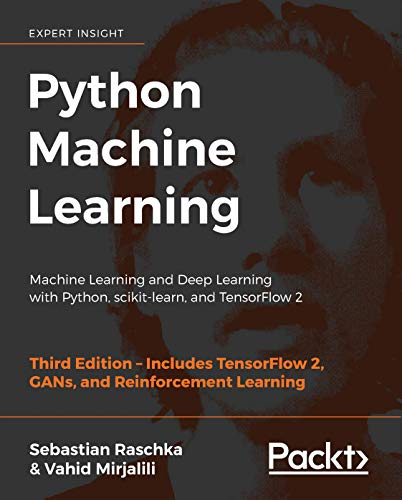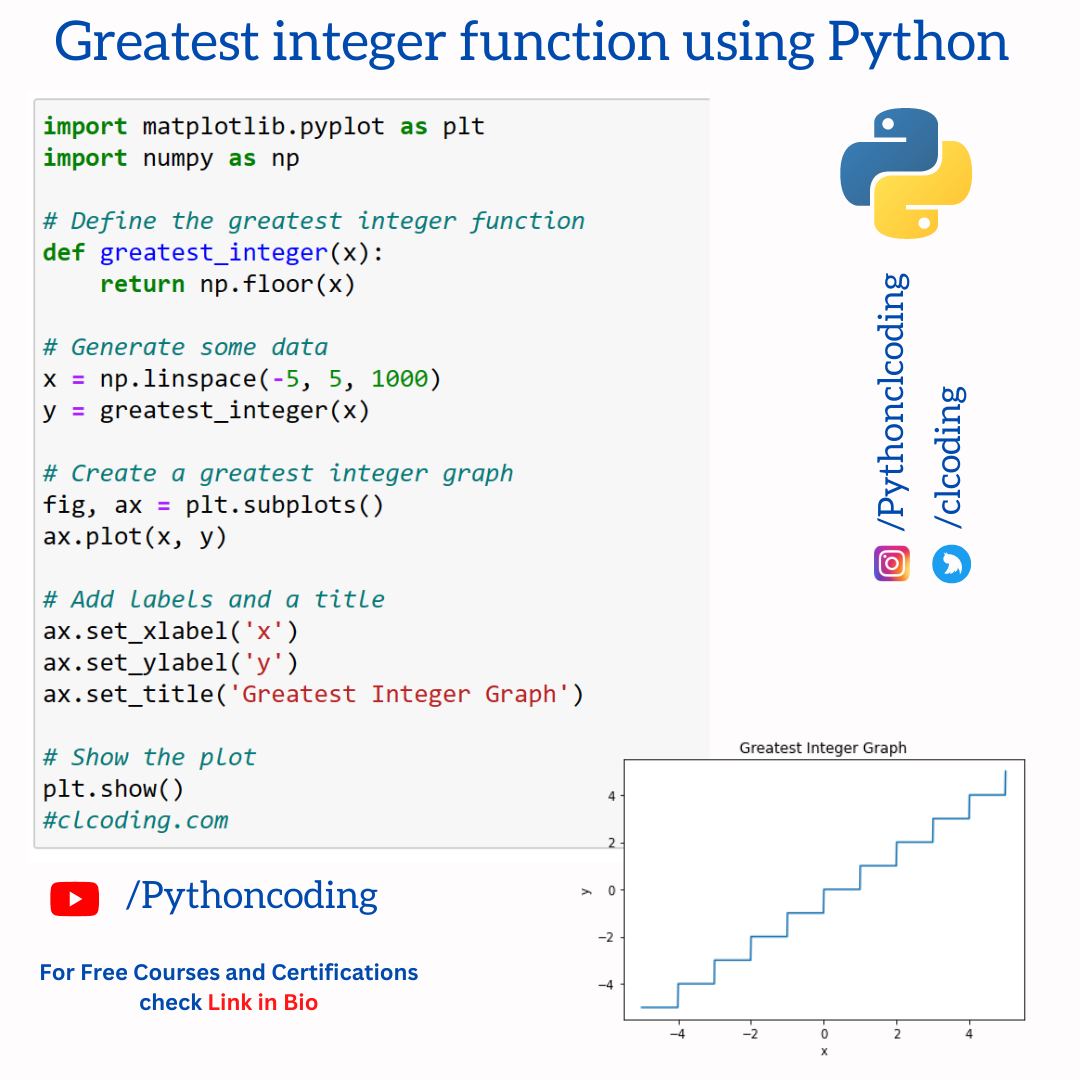This Python course provides a beginner-friendly introduction to Python for Data Science. Practice through lab exercises, and you'll be ready to create your first Python scripts on your own!
About this course
Please Note: Learners who successfully complete this IBM course can earn a skill badge — a detailed, verifiable and digital credential that profiles the knowledge and skills you’ve acquired in this course. Enroll to learn more, complete the course and claim your badge!
What you'll learn
The objectives of this course is to get you started with Python as the programming language and give you a taste of how to start working with data in Python.
In this course you will learn about:
- What Python is and why it is useful
- The application of Python to Data Science
- How to define variables in Python
- Sets and conditional statements in Python
- The purpose of having functions in Python
- How to operate on files to read and write data in Python
- How to use pandas, a must have package for anyone attempting data analysis in Python.





.png)
.png)

.png)


.png)















.png)




%20of%20square%20wave.png)
%20of%20square%20wave%20(2).png)













.png)

















s.PNG)







.png)








%20in%20Finance).jpg)



